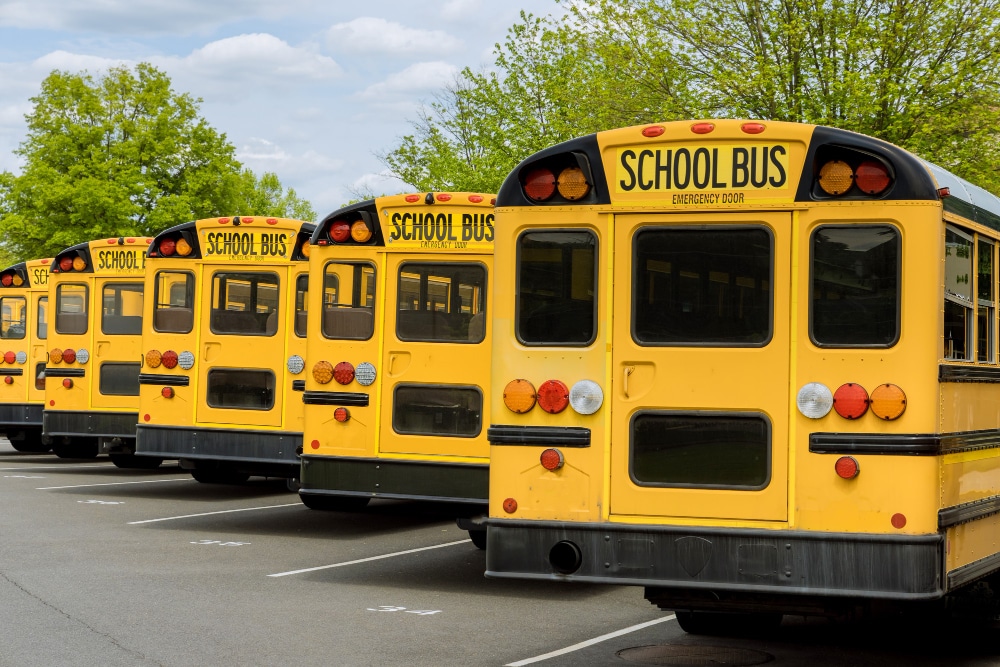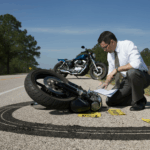School buses have long been considered one of the safest forms of transportation for students, but concerns about safety continue to linger, especially in Texas. Every day, parents, school administrators, and local communities entrust school buses to safely transport children to and from class. But are we doing everything possible to ensure their safety on the road?
From state legislation to advances in transportation technology, the debate over seat belts on school buses remains a hot topic. This blog explores the current state of school bus safety in Texas, the role of new technologies, and whether seat belts could change the game.
The Current State of School Bus Safety
Before addressing possible improvements, it’s essential to examine where things currently stand. National reports consistently state that school buses are among the safest forms of transportation for kids. The National Highway Traffic Safety Administration (NHTSA) reports that students are 70 times more likely to arrive at school safely when traveling by bus rather than in a car. But while the logic is reassuring, the reality hasn’t been perfect.
Statistics on School Bus Accidents
Each year, tragic incidents involving school buses make headlines. From 2010 to 2020, an average of 113 fatalities annually occurred in school transportation-related crashes across the U.S., including both students and others on the road. Though most injuries are minor, the emotional and physical risks are still significant.
Closer to home, Texas has seen multiple school bus-related incidents. According to the Texas Department of Transportation, while fatalities are rare, there have been recurring cases of injuries caused by sudden stops, collisions, and rollovers. Often, these injuries highlight the limitations of existing safety measures.
Current Safety Standards
School buses rely on “compartmentalization” as their primary safety feature. High-backed, padded seats are designed to reduce injury during minor incidents. However, without seat belts, students may be ejected from their seats or collide with other passengers in more severe collisions. This vulnerability has reignited debates about safety enhancements including advanced technologies and seat belt installations.
The Role of Technology: Sensors in School Buses
One of the biggest shifts in school bus safety is the introduction of sensor-based technology. These innovations aim to supplement existing safety tools and prevent accidents before they happen.
How Sensor Technology Works
Modern school buses can be equipped with several types of sensors. For example:
- Collision Detection: Alerts drivers of potential road obstacles.
- Motion Sensors: Detect and prevent children from being left unsupervised in or near the bus.
- Surround Cameras: Offer drivers 360-degree visibility to avoid blind spots.
These systems not only boost safety on the road but also provide peace of mind to parents and administrators. For instance, the Orangefield Independent School District in Texas uses infrared sensors and cameras to monitor onboard activity, showing just how much tech can enhance safety.
Seat Belts on School Buses: The Debate
The push for seat belts on school buses isn’t new, but it remains controversial. Proponents argue that seat belts could significantly reduce injuries, while critics highlight cost and logistical challenges.
Arguments For Seat Belts
Advocates for seat belt installations say they could save lives and minimize injury risks in serious accidents. Recent studies by the NHTSA indicate that lap-and-shoulder seat belts could prevent more than half of all injuries in severe crashes.
Real-world examples add weight to this argument. States like California and Florida already require seat belts on school buses, and initial feedback points to reduced injury rates during accidents.
Arguments Against Seat Belts
Opponents argue that seat belts may create more problems than they solve:
- Evacuations during emergencies: Strapping children in could delay evacuation in scenarios like fires or rollovers.
- Compliance issues: Younger students often need help fastening and unfastening seat belts properly, adding challenges for drivers.
- Cost concerns: Installing seat belts can cost between $7,000 and $10,000 per bus, which is a significant investment for cash-strapped districts.
Balancing these arguments is challenging, particularly when safety must be weighed against practical and financial constraints.
Texas Legislation and Initiatives
Texas hasn’t been idle in the pursuit of safer school transportation. The state passed Senate Bill 693 in 2017, requiring all new school buses to be equipped with lap-and-shoulder seat belts, with exemptions for institutions unable to fund the changes.
Some school districts, such as Austin ISD and Dallas ISD, have piloted seat belt programs. Still, the legislation leaves room for improvement. Loopholes exist, and older buses without seat belts remain operational across the state.
Other essential initiatives include:
- Monitoring Programs: Several districts deploy GPS technology to ensure safer, more efficient bus routes.
- Driver Training Programs: To improve driver response in emergencies.
The Future of School Bus Safety
The future of school bus safety in Texas will likely depend on a mix of legislative action, advanced technology, and grassroots advocacy.
Evolving Technology
Beyond sensors, the next wave of technology could include autonomous features that reduce accidents caused by human error. Imagine buses equipped with automatic braking systems that respond faster than any driver, or smart road infrastructures designed to communicate with vehicles. While these developments are not yet mainstream, they’re not far off.
Community Advocacy
Parents and educators hold substantial power to influence change. By advocating for safer buses, engaging with school boards, and supporting safety-first legislation, local communities can fast-track improvements.
Keeping Texas Students Safe is Everyone’s Responsibility
The topic of school bus safety—whether it’s advocating for seat belts, adopting the latest technologies, or passing impactful legislation—affects parents, educators, and the broader public alike.
School buses may already be one of the safest modes of transportation, but as the debate around seat belts and sensors continues, it’s clear there’s always room for improvement. Keeping kids safe requires teamwork, advocacy, and a willingness to invest in what matters most.
If you want to make a difference, join the conversation. Share this article, attend local school board meetings, or write to your representatives urging them to prioritize student safety.
Together, we can protect the students of Texas on every mile of their ride.





























